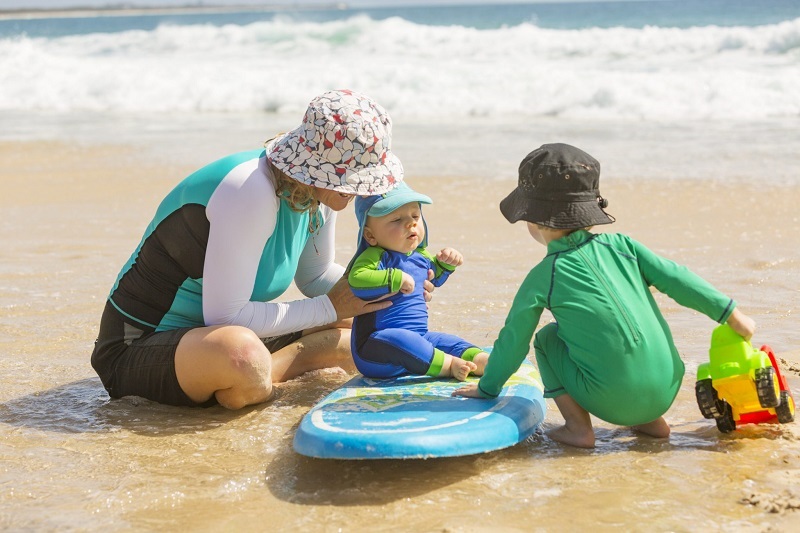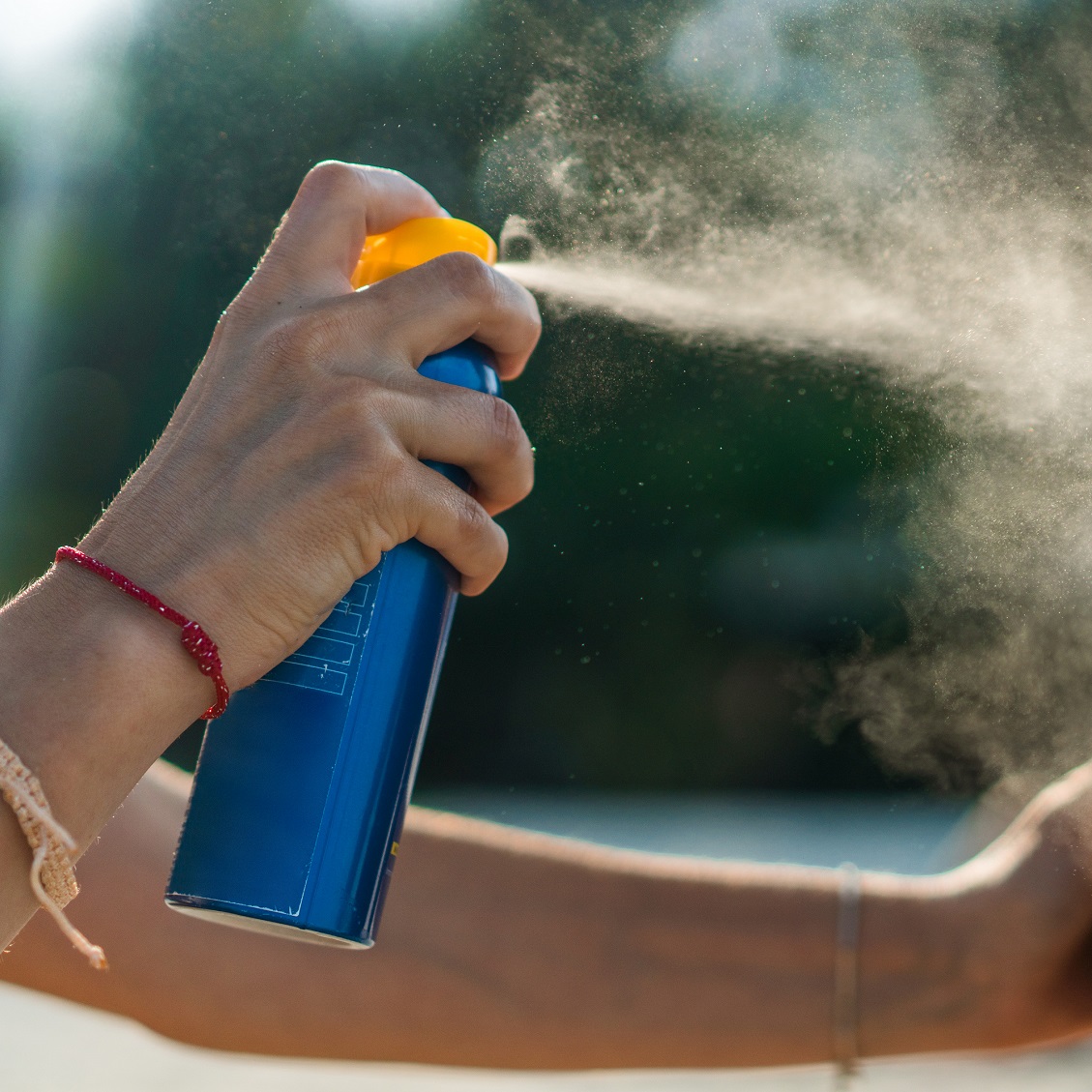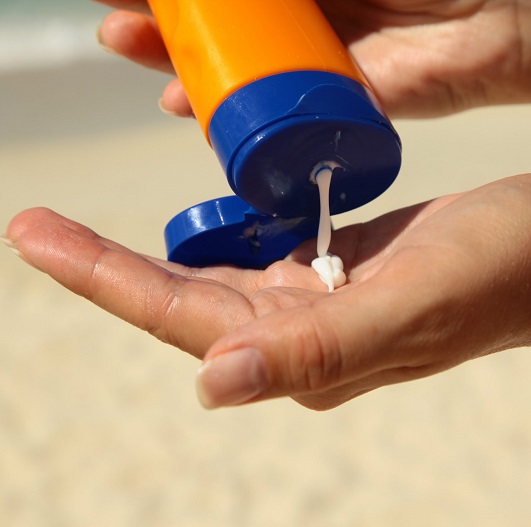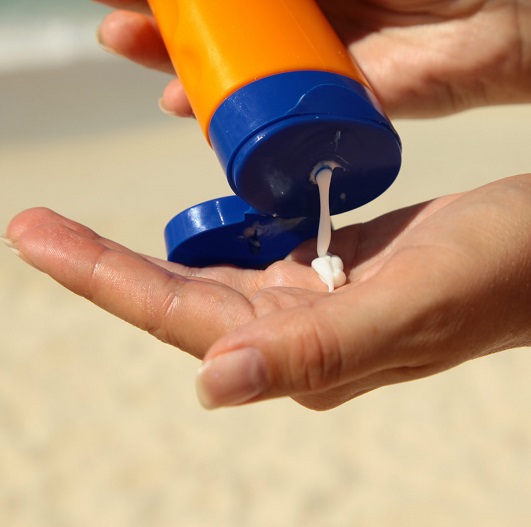Does Sun Protection Clothing Really Work?

July 23, 2020
You’ve likely seen countless retailers advertising clothing and bathing suits made from fabric that protects you from the sun. You might be wondering, “Are these products actually protective against the sun’s harmful rays
The short answer is yes: Sun-protection clothing does prevent sunburn.
“When shopping for sun-protection clothing, you’ll likely see something called a UPF on the label,” says internal medicine specialist Laura Tavarez, M.D. “This stands for Ultraviolet Protection Factor, and it measures how well your clothing protects you from UV rays. UPF rates clothing protection the same way SPF rates sunscreen protection.”
A UPF of 50 means the fabric only allows 1/50, or 2 percent, of the sun’s UVA and UVB rays through the fabric. The Skin Cancer Foundation recommends striving for a fabric that has a UPF of at least 30. Anything between 30 and 49 has very good protection, they say, while anything 50 and over offers excellent protection. UPF ratings start at 15, as clothing below that threshold isn’t considered especially protective.
When UPF clothing gets wet, it loses some of its protective qualities. As with all clothing, wear-and-tear is normal. UPF clothing typically lasts two to three years.
Who Can Benefit from Sun-protection Clothing
Although everyone can benefit from UPF clothing, it’s particularly valuable for high-risk populations:
- Children
- People taking medications that can cause sun sensitivity
- People who sunburn easily
- People who live in high elevations
Everyday Clothing Works, Too
Can’t find UPF clothing at a store nearby? You likely have something in your closet that will offer some protection.
While a basic cotton T-shirt only has a UPF of around 5 (meaning 1/5 or 20 percent of the sun’s UV rays get through), thicker, darker fabrics that aren’t as porous have higher UPFs. One good trick is to hold a piece of clothing up to the sun. If light peeks through the weave of the fabric, it’s likely not protective enough.
If you’re looking for clothing that will protect you from the sun, aim to wear fabrics that are:
- You might be tempted to wear white or light-colored clothing, but darker fabrics absorb more UV rays, making them more protective. On extremely hot days, consider staying inside vs. wearing dark clothing outside.
- Thick, dense fabrics like denim and canvas let less sun through to the skin.
- Although natural fabrics like cotton and linen are more breathable, synthetic fabrics like polyester and nylon offer more sun protection.
- Loose-fitting. When fabric is too tight, it stretches, which lets light in.
Protected from Head to Toe
“Sun-protection clothing is great, but it only protects the skin it covers,” Dr. Tavarez says. “You should still aim to apply sunscreen with an SPF of at least 30 every two hours to any exposed skin, such as your forearms, face and neck.”
Remember to follow basic sun safety precautions to protect yourself from skin cancer:
- Stay in the shade.
- Wear a hat.
- Reapply sunscreen every two hours.
- Stay hydrated.
- Wear sunglasses with UV protection.
- Avoid peak sun hours, which are typically between 10 a.m. and 4 p.m.
With a combination of UPF clothing, sunscreen and the above tips, you can rest assured you’ll be well-protected the next time you spend time outdoors.
Next Steps & Resources:
- Meet our source: Laura Tavarez, M.D.
- To make an appointment with a health care provider near you, call 800-822-8905 or visit our website.
- Skin Cancer Foundation
- Centers for Disease Control and Prevention - Sun Safety
The material provided through HealthU is intended to be used as general information only and should not replace the advice of your physician. Always consult your physician for individual care
Summer Sun: Is Your Child Protected?

Long-term sun exposure is a key factor in the development of skin cancer. Learn more about how to protect your child's skin.
8 Truths About Drowning and ‘Dry Drowning’ Revealed

As if drowning dangers aren’t terrifying enough, parents now have compounded anxieties to cope with after recent reports of ‘dry drowning’ have shown individuals—mostly children—appe...
Does Spray Sunscreen Work As Well?

Spray sunscreens may save some time during the application process, but do they offer the same sun protection as a lotion?
4 Surprising Things That Can Make You Prone to Sunburn

It can be puzzling to develop a sunburn when you think that you’re doing the right things to protect your skin.
6 Important Things to Know about Pool Safety

With lifeguard shortages nationwide, it may be even more important to watch your kids in the water.
Sunscreen Recommendations: When and How to Use it

As summer winds down, it's still important to remember to protect your skin from the sun. Take a look as we break down the ins and outs of sunscreen use.